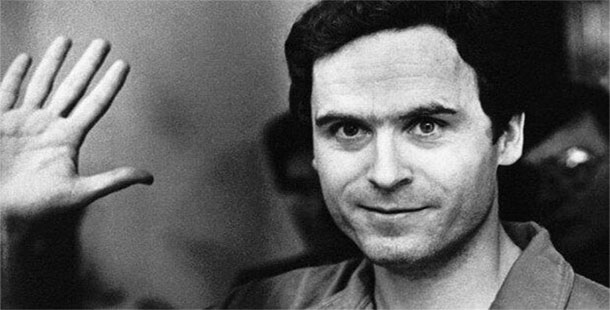The ability to see is often something we overlook and likely won’t fully value until it’s taken from us. With blindness, however, the issue is more complex than it appears at first glance (pardon the pun). Consider influential figures such as Helen Keller, who left an indelible imprint on society, largely due to her blindness. Some individuals with blindness refuse to be identified as handicapped, perceiving their condition as a unique gift. It might sound surprising, but there’s scientific backing to this perspective. When one sensory faculty is lost, the remaining senses intensify slightly to compensate. So, if a person can’t see, their hearing might be more powerful than that of someone with regular vision. In fact, some individuals with blindness employ echolocation for orienting themselves. If this reminds you of how bats navigate, you are spot on! Uncover more with these 25 pieces of lesser-known information about blindness!
Featured Image: Ken Teegardin via Flickr
Guide dogs (for blind or visually impaired people) learn to poop on command. This is so that the owner can clean it up
 Source: pets4homes.co.uk, Image: wikipedia
Source: pets4homes.co.uk, Image: wikipedia The US military once used colorblind people to identify camouflaged colors that would have been hard for people with regular vision to identify.
 Source: wikipedia, Image: wikipedia
Source: wikipedia, Image: wikipedia Some blind people have learned to navigate using echolocation by clicking their tongues.
 Source: wikipedia, Image: wikipedia
Source: wikipedia, Image: wikipedia The WHO estimates that that are about 280 million visually impaired people in the world. Roughly 40 million of them are blind.
 Source: who, Image: pixabay
Source: who, Image: pixabay President Theodore Roosevelt went blind in one eye from a boxing injury while he was still serving as president.
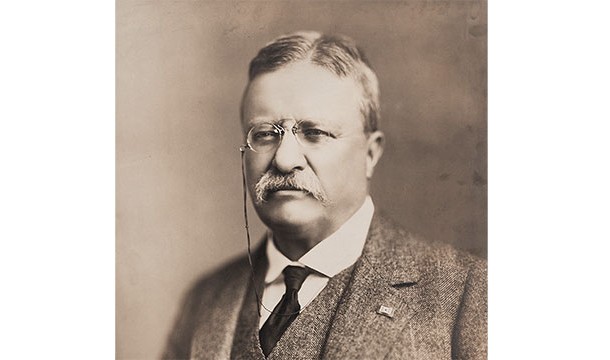 Source: history.com, Image: wikipedia
Source: history.com, Image: wikipedia In the United Kingdom, blind people get a 50% discount on TV licenses (for non Europeans - in Europe you often have to pay an extra fee in order to own a television that funds public broadcasting).
 Source: wikipedia, Image: pixabay
Source: wikipedia, Image: pixabay Originally, braille was a technique used by Napoleon's spies so that they could read messages in the dark.
 Source: wikipedia, Image: wikipedia
Source: wikipedia, Image: wikipedia According to the WHO, 80% of visual impairment cases worldwide are treatable, but 90% of people with impaired vision live in low-income countries with limited medical care access.
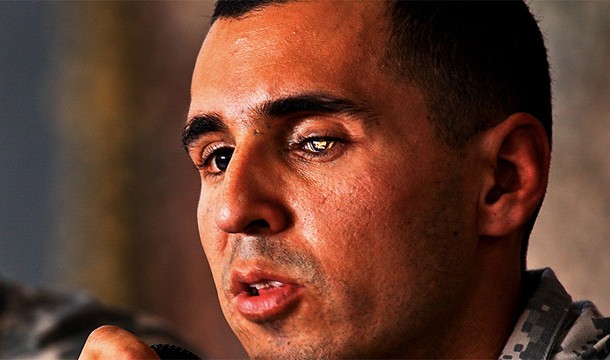 Source: wikipedia, Image: wikipedia
Source: wikipedia, Image: wikipedia The reason that the popular Redwall series of books for children is known for its descriptive imagery is that the author, Brian Jacques, originally wrote the books for blind children.
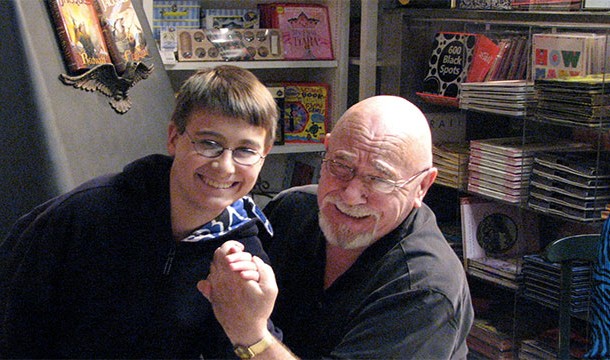 Source: wikipedia, Image: wikipedia
Source: wikipedia, Image: wikipedia Monkeys have actually had their colorblindness cured when doctors injected cones into their eyes. One day, this could potentially be done in humans as well.
 Source: livescience.com, Image: wikipedia
Source: livescience.com, Image: wikipedia During one of the first nuclear weapon tests in New Mexico (trinity) a blind woman named Georgia Green saw a bright flash...from 50 miles away.
 Source: abqjournal.com, Image: wikipedia
Source: abqjournal.com, Image: wikipedia Those who are blind overcome difficult obstacles every single day. Check out who else have overcome incredible obstacles due to their handicap in these 25 Amazing Photographic Depictions Of The Human Spirit.
Since JD Salinger died without giving up the rights to audiobook version of The Catcher in the Rye, the only way to get a legal audiobook version is to receive confirmation from a doctor saying that you are visually impaired and then taking that to the Library of Congress. This is because US copyright law allows the Library of Congress to make copies of any work available for the visually impaired.
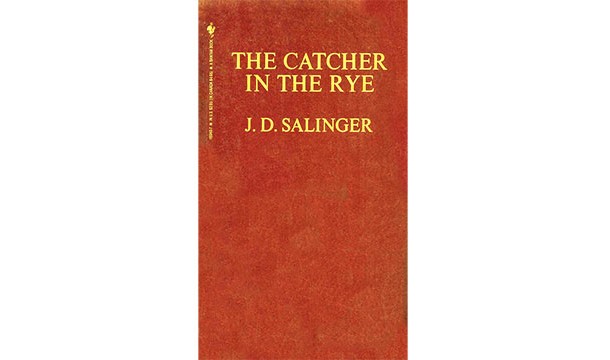 Source: usatoday.com, Image: wikipedia
Source: usatoday.com, Image: wikipedia It was only after having made nearly 2 billion crayons that the chief crayon maker at Crayola, Emerson Moser, admitted to being colorblind.
 Source: The Telegraph, December 8th 1990, Image: wikipedia
Source: The Telegraph, December 8th 1990, Image: wikipedia Blind people have more night mares than people with regular vision...up to 4 times more!
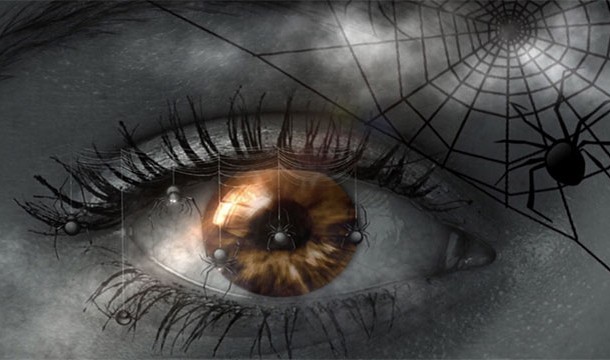 Source: sciencenordic.com, Image: pixabay
Source: sciencenordic.com, Image: pixabay If a blind person is afraid of dogs, or allergic to them, then he or she can be issued a guide horse!
 Source: wikipedia, Image: wikipedia
Source: wikipedia, Image: wikipedia Guide dogs can't actually tell if the walk signal is red or green so visually impaired people have to rely on auditory cues to cross the road. If a car is coming, however, their guide dog will refuse to move
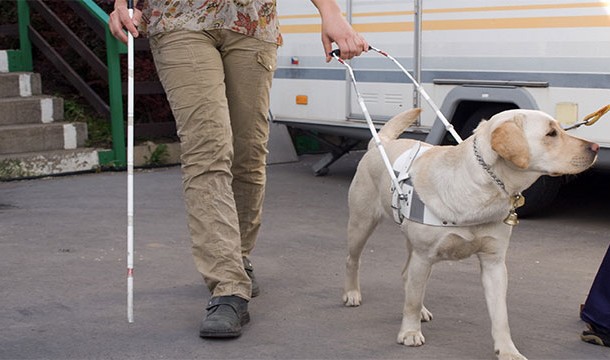 Source: wikipedia, Image: wikipedia
Source: wikipedia, Image: wikipedia Salty and Roselle were two guide dogs that received medals for leading their blind owners out of the World Trade Centers on 9/11
 Source: wikipedia, Image: wikipedia
Source: wikipedia, Image: wikipedia Matthew Weigman was a blind 19 year old who was arrested for hacking. He had used his ultra sensitive hearing to hack phones and make calls to the SWAT team whom he would direct to the houses of people he didn't like.
 Source: dailyobserver, Image: wikipedia
Source: dailyobserver, Image: wikipedia All pens bought by the US government are Skilcraft pens assembled by blind people.
 Source: wikipedia, Image: wikipedia
Source: wikipedia, Image: wikipedia Statistically speaking, blind people are more likely to find love than people with normal vision. 65% of blind Americans are married or live with a partner and their divorce rate is only 16.5 percent.
 Source: afb.org, Image: wikipedia
Source: afb.org, Image: wikipedia Mr Rogers once received a letter from a blind girl asking him to say out loud on his show whenever he was feeding his fish. So he did!
 Source: wikipedia, Image: wikipedia
Source: wikipedia, Image: wikipedia People who are born blind do not develop schizophrenia but they are at risk for autism.
 Source: psychologytoday.com, Image: wikipedia
Source: psychologytoday.com, Image: wikipedia In some countries there are specific textures (tactile pavements) in the sidewalks that blind people can sense with their canes and use for guidance. These are especially useful near crosswalks and metros.
 Source: wikipedia, Image: wikipedia
Source: wikipedia, Image: wikipedia When they take LSD, blind people can still experience hallucinations.
 Source: wikipedia, Image: wikipedia
Source: wikipedia, Image: wikipedia The fact that blind people display the same facial expressions as people with sight (smiling, frowning, etc), implies that facial expressions are innate. That is to say, we don't learn them...we're born just knowing them.
 Source: psychcentral.com, Image: wikipedia
Source: psychcentral.com, Image: wikipedia 







